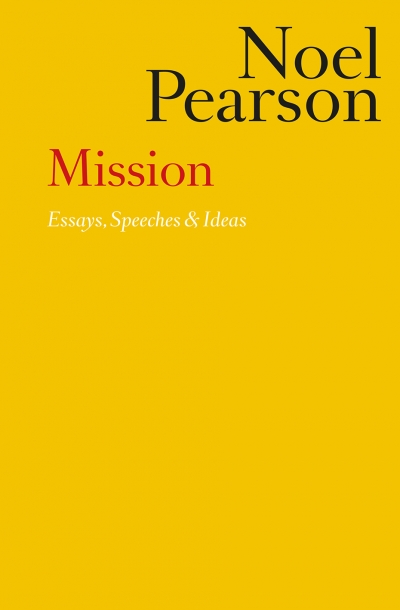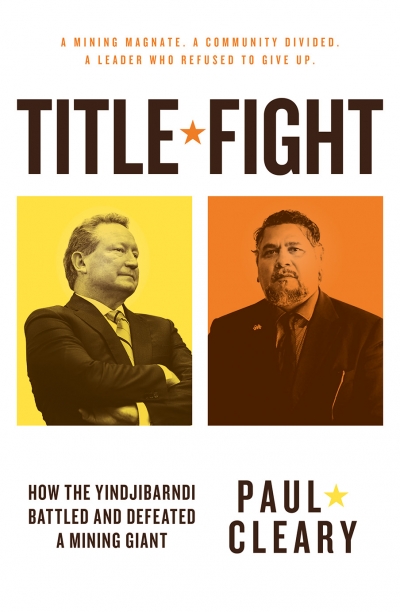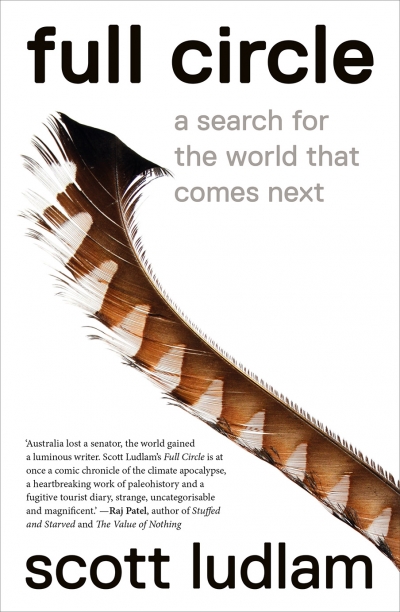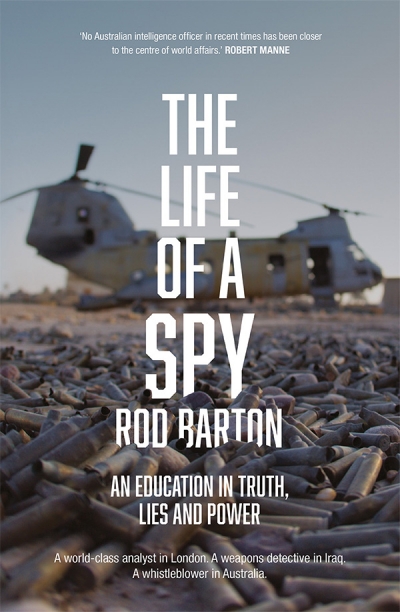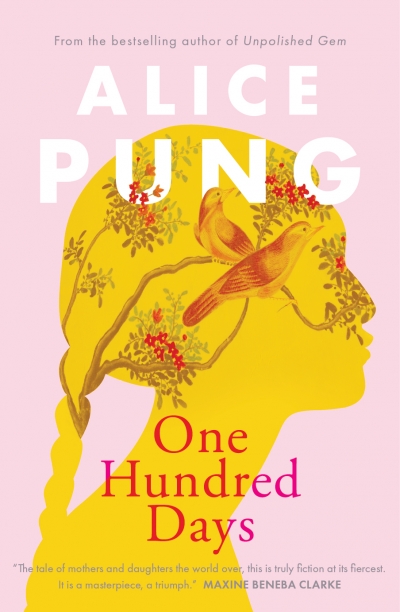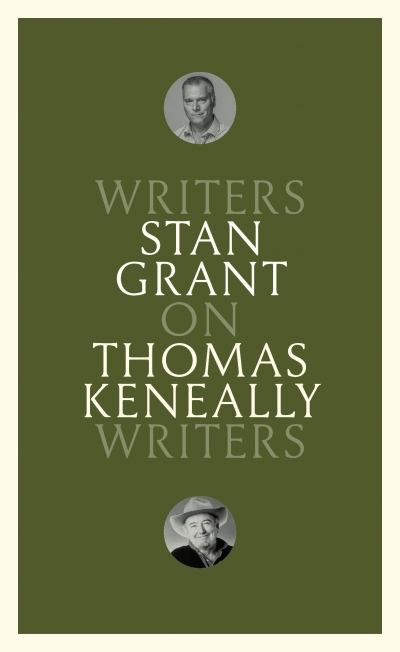Black Inc
Scott Morrison has now been prime minister longer than any of his four predecessors: Kevin Rudd, Julia Gillard, Tony Abbott, or Malcolm Turnbull. He has won one election by the skin of his teeth and faces another by May next year. So what sort of man is he and how good a prime minister? These three publications give us slightly different takes on these questions.
... (read more)Title Fight: How the Yindjibarndi battled and defeated a mining giant by Paul Cleary
Full Circle: A search for the world that comes next by Scott Ludlam
The Winter Road: A story of legacy, land and a killing at Croppa Creek by Kate Holden
The Life of a Spy: An education in truth, lies and power by Rod Barton
On Thomas Keneally by Stan Grant & With the Falling of the Dusk by Stan Grant
Few books blur the line between beauty and ugliness more than Thomas Mann’s Death in Venice (1912). The novella follows the ageing writer Aschenbach, whose absurd over-refinement – born in part of repressed homosexuality – is dismantled by Tadzio, a beautiful boy he encounters on holiday in Venice. His obsession with Tadzio represents the displacement of mortality (Aschenbach will soon succumb to cholera) through a wilful surrender to decadence and decay.
... (read more)
